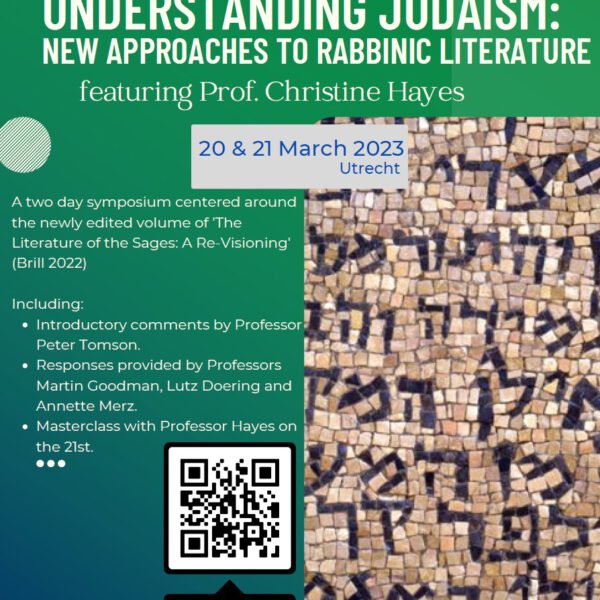As postdoctoral researcher at the Johannes Gutenberg University in Mainz, I examine the narrative ethical representation of elderly people in the New Testament writings and the fables of Babrius (1st/2nd cent. CE) from a comparative perspective. How are elderly male and female characters represented in these sources? What aspects of ageing play a role? How are power dynamics constructed between them and other, younger characters? Which ethical norms and values related to ageing are communicated in these representations of elderly characters?
An example of a fable of Babrius
THE MIDDLE-AGED MAN WITH TWO MISTRESSES
A man already in middle age was still spending his time on love affairs and carousals. He wasn’t young any more, nor was he as yet an old man, but the white hairs on his head were mixed up in confusion with the black. He was making love to two women, one young, the other old. The young woman wanted him to look like a young lover, the old one like one of her own age. Accordingly, on every occasion the mistress who was in the prime of her life plucked out such of his hairs as she found to be turning white, and the old woman plucked out the black ones. This went on until each of them presented the other with a baldpated lover by tbe pulling out of his hair.
[Aesop told this fable in order to show how pitiable a man is who falls into the hands of women. Women are like the sea; which smiles and lures men on to its sparkling surface, then snuffs them out.]
(translation Perry, LCL)
This fable relates about a middle-aged man who is in love with a young and an old mistress. These mistresses want to make him look like their own age by plucking out his white resp. black hairs, thus making him bald. While the application (presumably secondary) conveys a misogynist message about women, the narrative actually portrays the negative consequences of indulgence and erotic love for the middle-aged man. His love for the two women emasculates the man, turning him into a passive beloved who is not in active control of the situation. Since his young and aged mistresses pluck out his hairs, he looses the physical appearance of his middle age. His baldness either turns him into a baby or an old man.
In the New Testament writings, only a limited number of individual characters are represented or represent themselves as old: Zechariah and Elisabeth in Luke 1, Anna in Luke 2, Nicodemus in John 3, Peter in John 21, and Paul in his letter to Philemon (vv. 9-10). The fables of Babrius, in contrast, feature a large number of elderly characters, both human and animal. By bringing the New Testament writings in dialogue with the fables of Babrius, our understanding of how ancient people narratologically represented elderly people (and animals) and how they conveyed ethical norms and values in the processs is increased. Paying due attention to the intersection of gender and old age, the project particularly examines the variegated ways emotions, body, agency, wisdom, and authority play a part in the construction of an individual character as aged in the New Testament writings and the fables of Babrius. Similarities and differences between the two (groups of) sources will be explained in light of their distinct social backgrounds and theological and rhetorical aims.
By bringing the New Testament writings in dialogue with the fables of Babrius, our understanding of how ancient people represented elderly people and animals, assessed the aging process, and conveyed ethical norms and values related to old age, aging, and the elderly is increased. This will advance the as of yet underexplored theme of old age in the ancient world. Yet, the project also aims to enrich the modern Western discourse on old age, aging, and the aged with ancient perspectives, norms, values, and attitudes on the subject—or hold up a critical mirror that will challenge the current, highly biomedically and financially oriented, anti-aging focus on this discourse.




